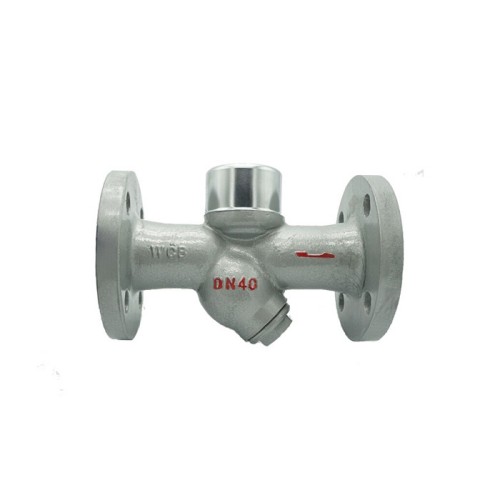Angle Pattern Globe Valve Design and Application in Fluid Control Systems
Understanding Angle Pattern Globe Valves A Comprehensive Overview
Angle pattern globe valves are essential components in various piping systems, particularly in applications requiring precise flow control. These valves are specifically designed to manage the flow of liquids and gases efficiently while minimizing pressure drop, making them ideal for both industrial and commercial use.
Design and Structure
The defining characteristic of angle pattern globe valves is their unique design that forms a 90-degree angle between the pipe connections. This configuration differs from traditional globe valves, which typically have inline connections. The angle design allows for a more streamlined flow of the medium, reducing turbulence and enhancing control over flow rates.
Constructed with a spherical body, a globe valve features an internal baffle that controls the flow through the valve by virtue of its disc and seat arrangement. When the valve is closed, the disc is pressed against the seat, preventing flow. When opened, the disc is lifted, allowing for smooth passage. The angle configuration not only aids in better flow dynamics but also facilitates easier installation in constrained spaces where a linear valve might be cumbersome.
Flow Control and Performance
One of the key advantages of angle pattern globe valves is their excellent flow regulation capabilities. They are particularly effective in applications requiring accurate adjustments in flow rate, making them suitable for throttling services. By turning the valve’s handwheel, an operator can finely tune the flow, making these valves a practical choice for processes that demand precision.
Moreover, angle pattern globe valves exhibit lower pressure drops compared to straight-through valves
. This is critical in systems where maintaining pressure is necessary for optimal operation. The reduced resistance to flow minimizes energy loss and contributes to overall system efficiency, which is essential in energy-sensitive applications.angle pattern globe valve

Applications
Angle pattern globe valves are widely used across various industries, including water treatment, chemical processing, oil and gas, and HVAC systems. In water treatment facilities, they regulate water flow rates through filtration and treatment systems, ensuring consistent quality. Chemical plants utilize these valves to manage the flow of corrosive substances, relying on their robust materials for safety and reliability.
In HVAC systems, the valves help regulate heating and cooling fluids, contributing to efficient temperature control. Their ability to handle high pressure and temperature ranges makes them suitable for steam applications, allowing for effective flow management in industrial heating systems.
Material Considerations
The materials used in the construction of angle pattern globe valves are crucial for their performance and longevity. Common materials include brass, stainless steel, and carbon steel, each chosen based on the specific application and the nature of the medium being controlled. For corrosive fluids, stainless steel or specialized alloys provide enhanced durability. In contrast, brass valves are often used in lower-pressure water applications due to their cost-effectiveness and adequate performance.
Installation and Maintenance
Proper installation and regular maintenance are vital to ensure the longevity and functionality of angle pattern globe valves. These valves should be installed in the correct orientation as specified by the manufacturer, along with ensuring compatible flange sizes for adherence to safety standards. Maintenance may involve routine inspections for leaks, checking the integrity of seals, and ensuring smooth operation of the handwheel mechanism.
In conclusion, angle pattern globe valves play a pivotal role in various piping applications due to their efficient flow control, lower pressure drop, and versatility across industries. Understanding their design, functionality, and maintenance requirements enables operators and engineers to optimize their system performances and enhance overall reliability. Whether in water treatment, chemical processing, or HVAC systems, these valves remain a vital component in ensuring efficient and controlled fluid movement.
-
The Key to Fluid Control: Exploring the Advantages of Ball Valves in Industrial SystemsNewsJul.09,2025
-
The Versatile World of 1, 2, and 3 Piece Ball ValvesNewsJul.09,2025
-
Stainless Steel Ball Valves: The Ideal Choice for Efficient Flow ControlNewsJul.09,2025
-
Optimizing Fluid Control with Ball Float ValvesNewsJul.09,2025
-
Manual Gate Valves: Essential for Control and EfficiencyNewsJul.09,2025
-
Everything You Need to Know About Butterfly ValvesNewsJul.09,2025
-
The Versatility of Wafer Type Butterfly ValvesNewsJul.08,2025




